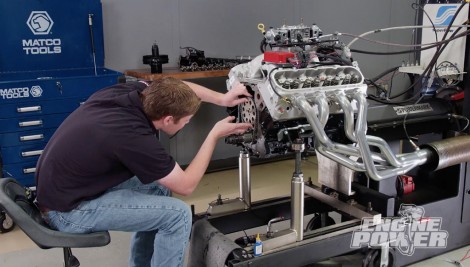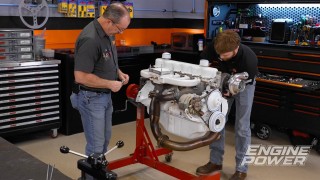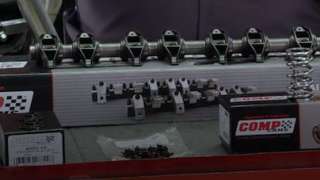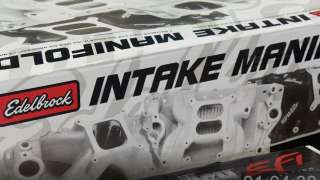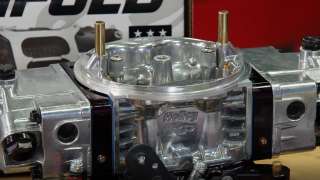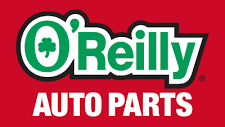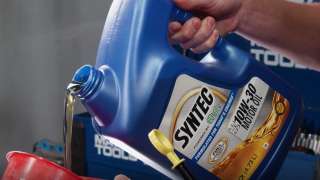Engine Power Featured Projects
Engine Power Builds
Want more content like this?
Join the PowerNation Email NewsletterParts Used In This Episode
O'Reilly Auto Parts
OEM Replacement Parts: Spark Plug Wires, Coil Packs, Spark Plugs, Sensors, Harmonic Balancers, Oil Filters, Oil, etc.
ARP
ARP Header Studs
Holley
LS Swap Engine Mount Brackets
Matco Tools
MATCO Tools are the Official Tool Supplier to Engine Power
The Industrial Depot
Tools, Hardware, Shop Supplies
